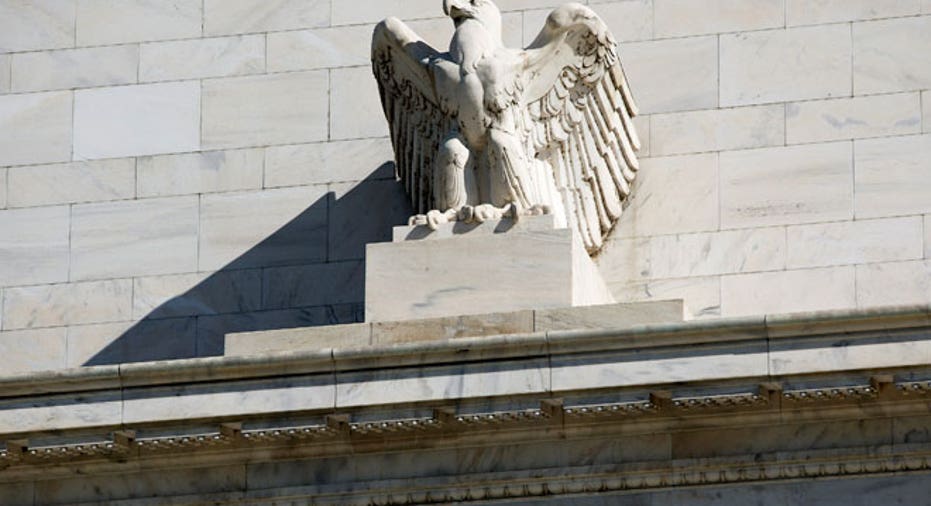With QE Winding Down, Fed Shifts Focus to Rate Guidance

Federal Reserve members argued over whether to replace one numerical threshold with another for use in determining when to start raising interest rates, ultimately deciding to eliminate the number altogether, according to minutes of the Fed’s meeting last month.
Debate over the issue was strong enough to warrant an unusual teleconference held two weeks before the regular two-day meeting. Some Fed members believed eliminating the threshold might send a sign that the central bank would raise rates sooner than expected.
U.S. stock markets, viewing the minutes as more dovish than expected, rallied on the release of the notes.
At the Fed’s regular March meeting, members of the policy setting Federal Open Markets Committee decided to discard a 6.5% unemployment rate threshold set for when the Fed would consider raising its key federal funds rate, or the rate at which banks charge each other on short-term loans.
Investors have been focused on the Fed's guidance on rates because higher short-term rates would raise borrowing costs and could hurt stock prices.
The minutes covered the first Fed meeting at which newly-installed Fed Chair Janet Yellen presided as well as the March 4 videoconference. At both meetings, the issue of the language the Fed uses in its statements to signal the timing of future policy actions was a primary topic of debate.
The 6.5% threshold was set over a year ago when the unemployment rate was still hovering at 8%. The assumption at the time was that the economy would be sufficiently healed when the unemployment rate hit 6.5% for the Fed to start raising interest rates from their currently historically low levels.
But that wasn’t the case.
As the unemployment rate dropped it became increasingly clear that the broader economy was still fumbling along and that raising interest rates when the unemployment rate hit 6.5% would likely prove premature and potentially harmful to the recovery.
Instead, as was widely expected, the Fed eliminated the 6.5% threshold and said the FOMC statement said it would be replaced with an array of indicators that would be used to determine the time frame for raising interest rates.
The decision drew immediate criticism, however, from some analysts who said the new criteria was too vague.
The minutes released Wednesday show that at least two FOMC members apparently foresaw that criticism, arguing that new numerical thresholds should be established.
“A couple of members preferred to include language in the statement indicating that the Committee would keep rates low if projected inflation remained persistently below the Committee’s 2 percent longer-run objective. One of these members argued that the Committee should continue to provide quantitative thresholds for both the unemployment rate and Inflation,” the minutes state.
There was little debate over a decision to continue reducing the Fed’s monthly bond purchases by $10 billion. And the FOMC members agreed that, barring a significant shift in the direction of economic data, that bond purchases would continue to be reduced at future meetings.
However, the tapering program is not on a “preset” course, according to the minutes, meaning the purchases can be adjusted according to the data.